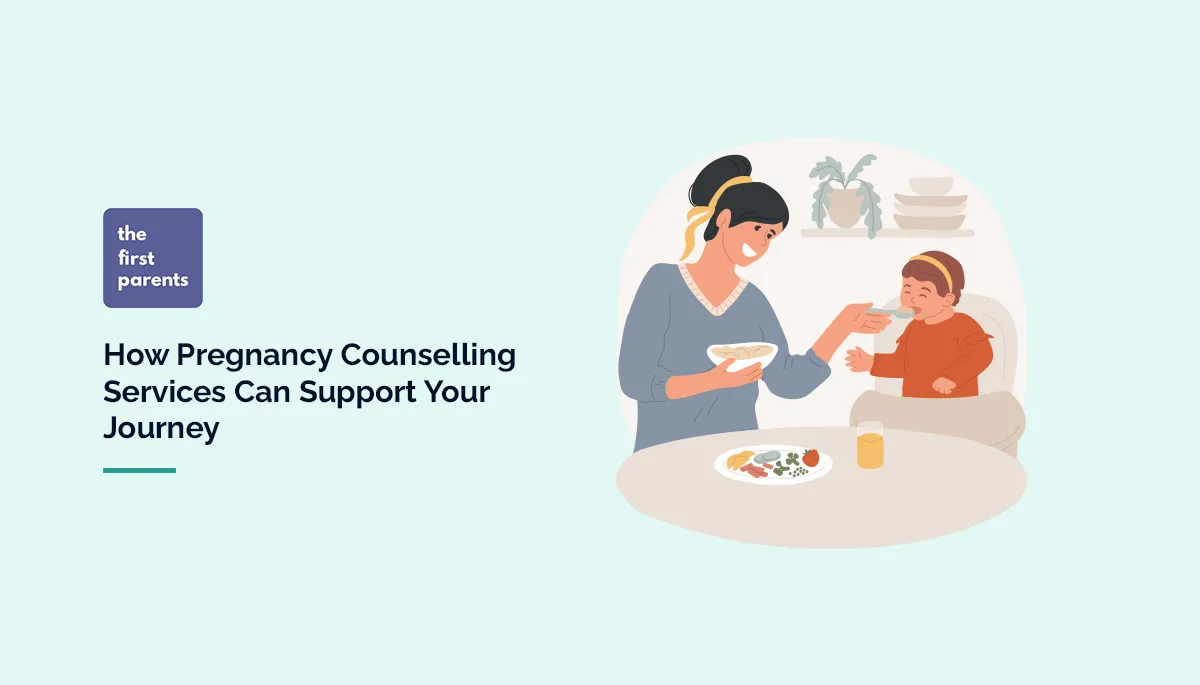Kid’s diet during Fever
 " alt="" />
" alt="" />
- admin
- November 11, 2024
When your child is grappling with a fever, it’s not just their temperature that’s a concern—it’s ensuring they receive the proper nutrition and hydration to support their recovery. This guide provides insight into effective strategies for managing your child’s diet during these challenging times. From choosing the right fluids to understanding the importance of balanced meals, we’ll cover essential tips to help your child feel better faster.
Feeding Strategies During Fever
During a fever, children may not have a strong appetite, making it challenging to feed them. Here are some strategies to ensure they get the necessary nutrients:
- Frequent Small Meals: Encourage your child to have several small meals throughout the day instead of three large ones. This helps maintain their energy levels and aids in digestion.
- Offer Their Favorites: Focus on providing foods your child enjoys. Familiar and favourite foods are more likely to be consumed during a fever when their appetite is low.
- Hydration Reminders: Set regular intervals for fluid intake. Make sure your child drinks water, juice, or soup at these intervals to prevent dehydration.
- Avoid Spicy or Oily Foods: Spicy or oily foods can be harsh on the stomach during a fever, so it’s best to avoid them.
- Balanced Snacking: For evening snacks, offer fruits, simple sandwiches with vegetables, or a light snack like toast or chila. These options ensure your child gets a balanced diet.
- Calorie-Rich Foods: To help your child recover and compensate for the energy lost during the fever, include calorie-rich and nutrient-dense foods in their diet.
Choosing the Right Fluids
In addition to a balanced diet, providing the right fluids is crucial during your child’s fever. Proper hydration is essential to prevent dehydration due to increased sweating. Here are some recommended fluids to consider:
- Coconut Water: Coconut water is an excellent choice during a fever. It is rich in electrolytes, which help replace the lost fluids. It’s a natural and refreshing option that kids often find appealing.
- Fruit Juices: Opt for clear fruit juices such as apple or orange juice. These juices provide vitamins and hydration. Make sure to dilute them with water to reduce the sugar content.
- Clear Soups: A soothing, clear vegetable soup or a light chicken soup can be comforting and nourishing. These soups are easy to digest and provide essential nutrients.
- Oral Rehydration Solutions (ORS): You can use oral rehydration solutions available at pharmacies. These solutions contain a balanced mix of electrolytes and fluids, making them ideal for rehydration during a fever.
Measuring Temperature
One essential aspect of monitoring your child’s fever is accurate temperature measurement. While it might be tempting to gauge their temperature by touch, it’s not the most reliable method. Instead, use a thermometer to get an accurate reading. This ensures you can keep a close eye on their condition and take appropriate action if necessary.
Conclusion,
Remember, it’s vital to monitor your child’s condition and consult a healthcare professional if their fever persists or worsens. While these dietary recommendations can help provide comfort and nourishment during a fever, each child’s needs may vary. Remember, every child is unique, so consult with your healthcare provider for personalised advice based on your child’s specific needs.
Verified by The First Parents


























































